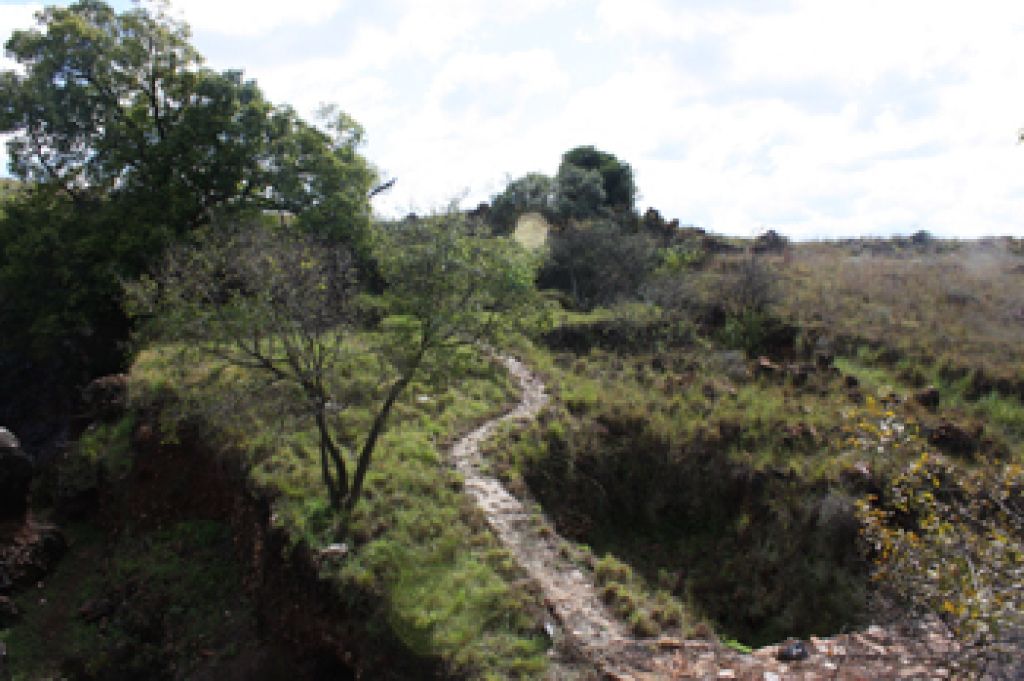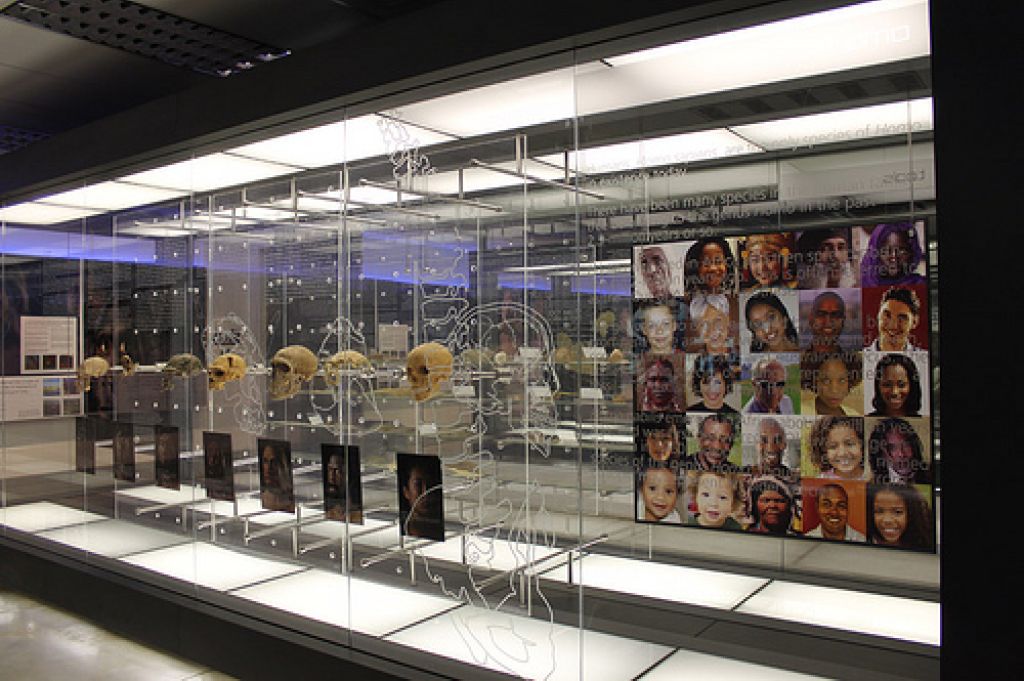Swartkrans research sheds light on modern human ancestors

Continued research on Paranthropus robustus fossils at Swartkrans is shedding more light on how modern man’s ancestors must have lived and died.
Swartkrans, one of the Cradle of Humankind’s richest fossil sites, has to date yielded the largest sample of Paranthropus robustus evidence in the world and just recently another 14 new fossils were unearthed.
Dr Morris Sutton, the archaeologist and excavation supervisor for the Swartkrans Palaeoanthropological Research Project (SPRP), said the new fossils are at a laboratory at Sterkfontein Caves but will eventually be housed at the Ditsong Museum.
What is the importance of Paranthropus robustus?
Paranthropus robustus was on another branch of the human evolutionary tree and became extinct just less than one million years ago, so did not contribute to modern Homo sapiens, but the species is still regarded as important because it is one of the other species that co-existed with early Homo.
Swartkrans is one of the sites that has yielded both early Homo and robustus from the same deposits.
“Our recent work has continued this pattern with only a small portion (one) of the fossils attributed to Homo and the rest to robustus, but again both coming out of the same deposits. This is probably due to a higher rate of predation occurring with robustus than with Homo. Robustus was getting caught and eaten by predators more often than Homo,” said Sutton.

He said that based on the new fossils recovered it was a possibility that early Homo was not being preyed on at all.
“The fossils can give us insight into two aspects that most people and researchers have; one, what did they look like and, two, how did they behave?”
What are the differences?
Sutton said: “The large femur we recovered suggests there existed a high degree of body size sexual dimorphism – the males were quite a bit larger than the females. While we know this existed, the new find suggests it may have been greater than previously thought.
“This size difference has been used to distinguish males from females and some researchers have suggested that young males dominate the assemblage because, based on social behaviour they were more likely to be solitary and thus more vulnerable to being prey. But others have said that there are more females represented and that is because they are more vulnerable.
“Our argument is that the assemblage is composed of a variety of individuals and thus while there is a big difference in size between males and females, that does not seem to have an impact on who becomes prey.”
Paranthropus is different from early Homo, especially with regards to their teeth.
They shared the Cradle of Humankind landscape for a million years but eventually Paranthropus robustus became extinct while Homo continued on.
“What happened to them? Why did they go extinct? In the past, it was suggested a change in environment led to a reduction in their specialised diet foods. They could not adapt because they were not dietary generalists (like Homo). But that no longer holds up.
“So we are curious about their behaviour as that could give us insight into what happened to them and how they shared the area with Homo until one million years ago,” said Sutton.
Continued work
Sutton said: “I am working on the lithics (stone tools) from Swartkrans. We have recovered a large stone tool assemblage. These tools were probably made by early Homo rather than Paranthropus robustus.
“I have been analysing the tools and now believe they represent the Oldowan industry, which is the oldest type of stone tools probably made by Homo habilis.”
Over 2 000 artefacts that represent the Middle Stone Age have been found and are being analysed to see what types of techniques were used in making them.
Maropeng offers guided walking tours for adults only and a tour and picnic costs R350. The tour starts at 8h30 for 9h00 and ends after lunch.
Book online for the Swartkrans picnic and walking tour on the following dates:
July 21, 2012
August 18, 2012
September 15, 2012
October 20, 2012
November 17, 2012